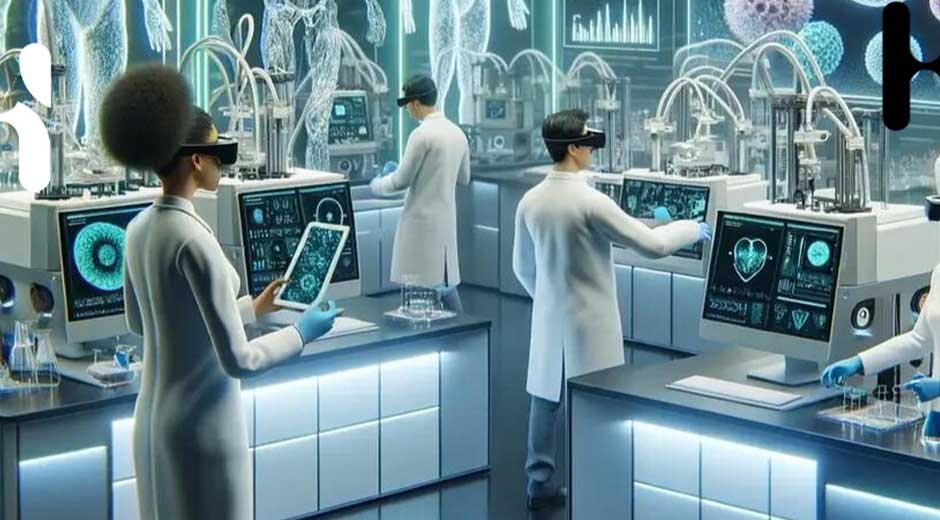Skip to the good bit
ToggleThe field of regenerative neurotherapy is evolving rapidly, thanks to groundbreaking advancements that merge technology with biology. Scientists and medical researchers are leveraging innovative tools to repair and regenerate damaged nerves, offering new hope for patients with neuropathy, spinal cord injuries, and neurodegenerative diseases. By integrating bioengineering, artificial intelligence, and precision medicine, these cutting-edge technologies are revolutionizing the way we treat nerve damage.
The Intersection of Technology and Biology in Nerve Regeneration
Traditional approaches to nerve damage treatment have focused primarily on symptom management rather than true regeneration. However, by combining biological principles with technological innovations, researchers are developing therapies that actively stimulate nerve repair and functional recovery.
Key breakthroughs in regenerative neurotherapy include bioprinting, neurostimulation devices, artificial intelligence (AI)-powered diagnostics, and bioengineered materials. These tools are transforming the landscape of neurological care, bringing us closer to fully restoring damaged nerve functions.
Cutting-Edge Tools in Regenerative Neurotherapy
1. 3D Bioprinting for Nerve Regenration
One of the most promising technological advancements in regenerative neurotherapy is 3D bioprinting. This technique allows scientists to create custom-made nerve grafts using biological materials and stem cells. Bioprinted nerve scaffolds provide a structured pathway for nerve regeneration, guiding new cells to bridge gaps in damaged nerves. These scaffolds can also be infused with growth factors to accelerate healings.
2. Neurostimulation Devices
Electrical stimulation has long been used to pain management, but recent innovations in neurostimulation technology are enabling nerve repair at a cellular level. Devices like transcutaneous electrical nerve stimulation (TENS), spinal cord stimulators, and vagus nerve stimulators work by sending targeted electrical pulses to stimulate nerve activity. This approach encourages neural plasticity, reducing pain and promoting nerve regeneration.
3. AI-Powered Diagnostics and Personalized Treatments
Artifical intelligence is playing a crucial role in regenerative neurotherapy but improving diagnosis and treatment planning. Machine learning algorithms analyze vast amounts of patient data to identify the most effective treatments for specific nerve injuries. AI is also being used to develop predictive models that help clinicians determine the likelihood of recovery and customize therapy plans accordingly.
4. Bioengineered Hydrogels and Nerve Scaffolds
Scientists are developing bioengineered hydrogels that mimic the extracellular environment of nerve cells. These hydrogels act as a supportive matrix for regenerating nerves, delivering essential nutrients and growth factors directly to the damaged area. Some hydrogels are even designed to respond to electrical or chemical signals, optimizing nerve regeneration in real time.
5. Gene Therapy and CRISPR Technology
Gene-editing tools like CRISPR are being explored as potential treatments for neurodegenerative diseases and nerve injuries. By targeting specific genes responsible for nerve growth and repair, scientists can enhance the body’s natural healing mechanisms. Gene therapy is particularly promising for conditions like amyotrophic lateral sclerosis (ALS) and peripheral neuropathy, where genetic factors play a key role.
Conclusion
As the fusion of technology and biology continues to advance, the future of regenerative neurotherapy looks promising. The combination of bioprinting, neurostimulation, AI-driven precision medicine, and bioengineered materials is paving the way for groundbreaking treatments that were once thought impossible.
With ongoing research and clinical trials, these cutting-edge tools may soon offer millions of people a chance to regain lost nerve function and improve their quality of life. The synergy between technology and biology is not just enhancing nerve repair, it is redefining the future of medicine.







